Qual é a melhor maneira de carregar uma bateria de lítio?
Você não tem certeza sobre a melhor maneira de carregar sua bateria de lítio para fazer com que durar mais tempo? Talvez você esteja preocupado que os erros de cobrança comuns possam estar diminuindo sua vida útil ou até mesmo representando um risco de segurança. Obter a cobrança correta é crucial, E nós o guiaremos através das melhores práticas para manter suas baterias saudáveis e com bom desempenho.
A "melhor maneira" Carregar uma bateria de lítio não é apenas uma única coisa, mas sim uma combinação de práticas. Fundamentalmente envolve o uso do carregador correto projetado para o seu tipo de bateria específico, evitando temperaturas extremas quentes ou frias durante o carregamento, e frequentemente, evitando o hábito de manter a bateria constantemente carregada para 100%. Para muitas químicas comuns de íons de lítio (Como os encontrados em telefones e laptops), O carregamento parcial é geralmente melhor para maximizar a vida útil. No entanto, Os detalhes podem variar dependendo da química da bateria (Como LFP vs.. NMC) E como está sendo usado.
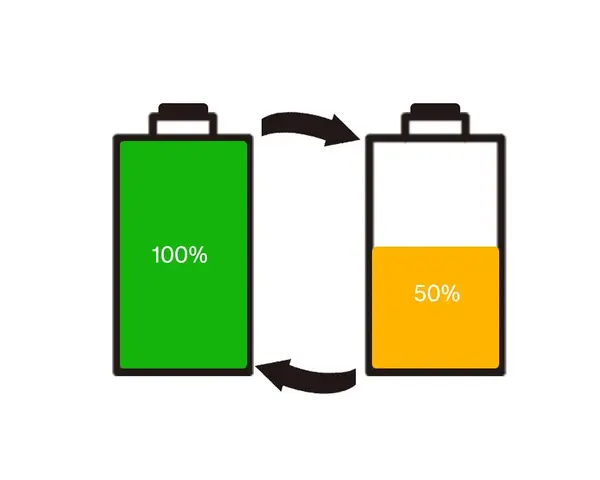
Aqui no GYCX Solar, Trabalhar com soluções avançadas de armazenamento de energia significa que lidamos com baterias de lítio - particularmente tipos robustos como fosfato de ferro de lítio (LFP) - diariamente.
Sabemos que entender a cobrança adequada não é apenas para pequenos gadgets; É fundamental para garantir a longevidade e a confiabilidade de sistemas maiores também. Vamos mergulhar nos detalhes e responder a algumas perguntas comuns sobre como manter suas baterias de lítio na melhor forma.
Qual é a melhor prática de carregamento para baterias de lítio?
Você está procurando claro, Regras confiáveis para cobrar suas baterias de lítio? É fácil ficar confuso com conselhos conflitantes online, Mas, seguindo alguns princípios -chave de forma consistente, ajudarão muito a maximizar a saúde e a vida útil da sua bateria.
As práticas recomendadas se resumem a isso: Sempre use o carregador especificado pelo fabricante (ou um equivalente certificado com especificações idênticas). Carga dentro de uma faixa de temperatura moderada, evitando calor extremo ou frio. Para muitos tipos de bateria de lítio, especialmente o cobalto de níquel manganês (NMC) ou Óxido de cobalto de lítio1.(LCO) químicas comuns em eletrônicos de consumo, Praticar cobranças parciais é benéfico - visando manter o nível da bateria aproximadamente entre 20% e 80% para uso diário, em vez de andar de bicicleta de cheia a vazia.
Deixar consistentemente as baterias totalmente carregadas ou totalmente esgotadas coloca estresse desnecessário nelas.
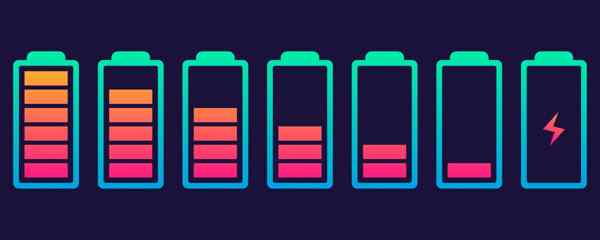
Mergulhe mais fundo: Os pilares de carregamento saudável
Vamos quebrar essas práticas principais:
- Use o carregador certo: Isso não pode ser estressado o suficiente. As baterias de lítio requerem um algoritmo de carregamento específico, Corrente tipicamente constante seguida de tensão constante (Cc/cv). Usando um carregador projetado para uma química de bateria diferente (Como chumbo-ácido) ou um com a tensão ou classificação de corrente errada pode danificar a bateria, Reduza sua vida útil, ou até criar um risco de segurança. Sempre corresponda ao carregador com as especificações da bateria. Para químicas específicas como LFP (Fosfato de Ferro Lítio), Usar um carregador compatível com LFP é essencial.
- Mantenha -se a temperatura: A temperatura afeta significativamente as baterias de lítio. A faixa ideal de temperatura de carregamento é geralmente entre 0 ° C e 45 ° C (32° F e 113 ° F.). Carregando abaixo de zero (0°C / 32°F) pode causar revestimento de lítio no ânodo, danificar permanentemente a bateria e aumentar os riscos de segurança. Cobrança em calor excessivo (acima de 45 ° C. / 113°F) acelera a degradação química e diminui a vida útil. Sempre tente carregar em um ambiente frio ou de temperatura ambiente.
- Carregamento parcial (O 20-80 Regra): Para baterias NMC e LCO, Ficar dentro do 20% para 80% A faixa de estado de carga para uso regular minimiza o estresse nos componentes da bateria, particularmente nos extremos de tensão. Constantemente cobrando 100% ou descarregar para 0% conta como ciclos mais profundos, que usa a bateria mais rápida. Pense nisso como evitar sprints constantes para resistência à maratona.
- Evite descargas profundas: Deixar a bateria cair de forma consistente para 0% Antes da recarga, é estressante para a maioria dos tipos de íons de lítio e pode encurtar sua vida. É melhor recarregar com mais frequência.
- Química é importante (Nuance da LFP): É importante observar que as baterias LFP, que frequentemente usamos em armazenamento de energia solar na GYCX Solar devido à sua segurança e vida de ciclo longo, são significativamente mais tolerantes por serem acusados de 100%. Enquanto os princípios gerais de usar o carregador certo e evitar temperaturas extremas ainda se aplicam, o 20-80% A regra é menos crítica para a longevidade do LFP em comparação com o NMC/LCO. Os sofisticados sistemas de gerenciamento de baterias (BMS) Integrado aos sistemas usando LFP geralmente gerencia o carregamento para maximizar a vida útil e a energia utilizável.
Você deve deixar uma bateria de lítio sob carga o tempo todo?
É conveniente apenas deixar dispositivos conectados, certo? Mas você pode estar se perguntando se mantiver essa bateria de lítio constantemente coberta 100% poderia prejudicá -lo com o tempo. Para os tipos de íons de lítio mais comuns, A resposta é sim, Geralmente não é ideal.
Para as químicas NMC e LCO predominantes em laptops, smartphones, e muitos gadgets portáteis, deixando -os conectados e sentados em 100% A carga continuamente pode colocar estresse nos componentes da bateria e contribuir para uma degradação de capacidade um pouco mais rápida a longo prazo.
Enquanto carregadores modernos e sistemas de gerenciamento de bateria (BMS) Evite a sobrecarga perigosa, O próprio estado sustentado de alta tensão não é ideal para essas químicas. Desconectando uma vez carregado, ou usando recursos de carregamento inteligente, se disponíveis, geralmente é melhor. De novo, Baterias LFP2.são mais resilientes a esse respeito.
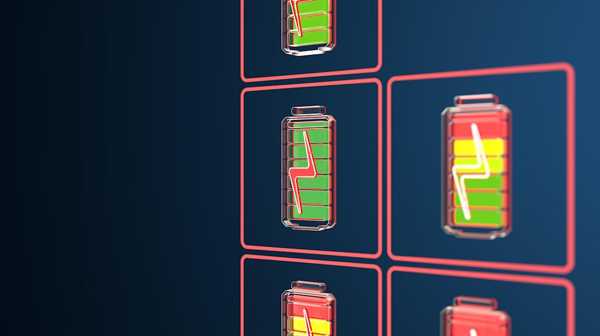
Mergulhe mais fundo: O estresse da carga total
Por que está sentado em 100% potencialmente prejudicial para algumas químicas de lítio? Quando uma bateria NMC ou LCO típica está totalmente carregada, sua tensão está no auge (geralmente ao redor 4.2 volts por célula). Manter esse estado de alta tensão por períodos prolongados acelera as reações parasitárias dentro da célula, levando a uma degradação mais rápida dos materiais de eletrólito e cátodo. Isso se traduz em uma perda gradual de capacidade e um aumento na resistência interna ao longo do tempo - essencialmente, a bateria envelhece mais rápido.
Os dispositivos modernos têm circuitos e BMs de carregamento inteligentes que cortam a corrente de carregamento principal uma vez 100% é alcançado, impedir que a fuga térmica de sobrecarga contínua. No entanto, A bateria ainda fica naquele nível de alta tensão. Alguns sistemas podem "cobrar cobrança" pequenas quantidades para neutralizar a auto-descarga, mantendo -o atrelado a 100%. Outros podem deixá -lo cair um pouco e depois subir novamente. De qualquer jeito, A exposição prolongada a essa tensão máxima é a questão da longevidade NMC/LCO.
É aqui que a química da LFP brilha para determinadas aplicações. As baterias LFP têm uma tensão nominal mais baixa (em torno de 3,2V) e são inerentemente mais estáveis. Eles experimentam significativamente menos estresse quando mantidos com carga completa em comparação com NMC/LCO. Essa característica, combinado com sua excelente vida e segurança de ciclo, os torna ideais para sistemas de armazenamento de energia solar (Como os da GYCX Solar oferece, Muitas vezes combinado com inversores inteligentes de marcas como Growatt ou Huawei).
Nesses sistemas, O BMS está programado para gerenciar a bateria LFP para obter o desempenho ideal, frequentemente carregando -o completamente quando a energia solar está disponível para maximizar o armazenamento utilizável, Sem o mesmo nível de degradação de longo prazo, as preocupações de NMC/LCO mantidas em 100%.
As baterias de lítio devem ser carregadas para 100%?
Seguindo do último ponto, está buscando isso 100% Marca de carga sempre necessária ou até desejável? Você está potencialmente esticando a bateria pressionando por esse último pedaço de carga? A resposta depende da química da bateria e de suas necessidades imediatas.
Para o uso diário de rotina de dispositivos com baterias NMC ou LCO, cobrando para 100% nem sempre é necessário e pode não ser a melhor prática para maximizar a vida útil. Parando a carga 80% ou 90% pode ajudar a reduzir o estresse e potencialmente estender a vida útil geral da bateria. Claro, você deveria cobrar para 100% Quando você souber que precisará do tempo de execução máximo absoluto.
Como discutimos, As baterias de LFP são muito mais tolerantes a serem totalmente carregadas e geralmente são projetadas para serem cobradas para 100% Em aplicações como armazenamento de energia solar para maximizar sua utilidade.
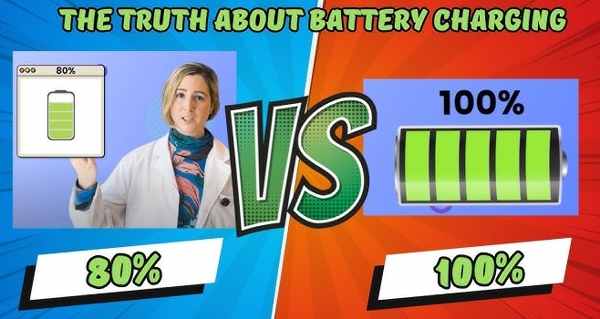
Mergulhe mais fundo: Equilibrando a longevidade e a utilidade
A recomendação para evitar carregar rotineiramente as baterias NMC/LCO 100% vem diretamente do mecanismo de estresse discutido anteriormente - o estado de alta tensão acelera a degradação.
Parando em 80% ou 90%, Você evita manter a bateria no nível máximo de estresse por períodos prolongados. Muitos dispositivos modernos (smartphones, notebooks, VEs) Agora incorpore configurações que permitem aos usuários limitar o nível máximo de carga especificamente por esse motivo, frequentemente deixando de um 80% ou 90% Limite para cobrança diária, reservando o 100% Opção de cobrança para horários em que o alcance máximo ou o tempo de execução é crítico (Como antes de uma longa viagem).
Existe algum benefício para cobrar ocasionalmente 100%? Para alguns sistemas de gerenciamento de bateria, ocasionalmente permitindo uma carga completa (seguido por alguma descarga) pode ajudar o BMS a calibrar seu estado de carga (SoC) estimativa, dando a você uma leitura mais precisa da capacidade restante. No entanto, Para a maioria dos usuários, Isso não é algo que precisa ser feito com frequência.
No contexto das baterias LFP usadas no armazenamento solar, O jogo muda. O objetivo é normalmente armazenar o máximo de energia limpa possível quando o sol estiver brilhando. A química do LFP permite que essas baterias sejam cobradas para 100% repetidamente sem penalidades significativas de degradação em comparação com o NMC/LCO.
O sistema BMS e inversor (Como aqueles que a solar GYCX utiliza) estão programados para otimizar isso, Garantir que a bateria seja carregada com segurança à sua capacidade máxima de utilização para fornecer energia quando necessário (durante a noite, durante as interrupções da grade). Isso destaca como o "melhor" A estratégia de carregamento está profundamente ligada à química da bateria e aos requisitos do aplicativo.
Como manter uma bateria de íon de lítio saudável?
Além de apenas práticas de cobrança, Que outras etapas você pode tomar para garantir que suas baterias de íon de lítio durem o máximo possível e executem confiabilidade? Manter uma bateria saudável envolve uma combinação de carregamento adequado, manuseio cuidadoso, e armazenamento adequado.
Para manter sua bateria de íon de lítio saudável, Use consistentemente o carregador correto e evite cobrar ou armazená -lo em temperaturas extremas (Tanto quente quanto frio). Evite descarregas profundas frequentes para 0% capacidade. Para muitos tipos comuns (NMC/LCO), tente evitar o armazenamento consistente da bateria em 100% ou 0% níveis de cobrança por longos períodos.
Se você precisar armazenar a bateria ou dispositivo por um tempo prolongado (meses), Procure deixá -lo com uma carga parcial, normalmente ao redor 40-60%, em um frio, lugar seco.
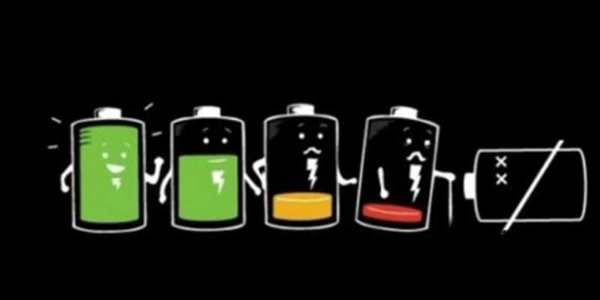
Mergulhe mais fundo: Cuidado com a bateria holística
Manter a saúde ideal da bateria de íons de lítio vai além de como você o cobra. Aqui está uma aparência mais abrangente:
- Recapitular o básico do carregamento: Lembre -se dos princípios principais - carregador certo, temperaturas moderadas (Carga entre 0-45 ° C. / 32-113°F, operar idealmente 15-35 ° C. / 59-95°F), Evite descarga profunda, e considere o 20-80% Regra para o uso diário de tipos NMC/LCO.
- Armazenamento inteligente: Se você não usará uma bateria de lítio ou um dispositivo que contenha uma por várias semanas ou meses, Não o deixe totalmente carregado ou totalmente esgotado. O nível ideal de carga de armazenamento é geralmente citado como estar entre 40% e 60%. Armazene -o em um legal (Idealmente, 15-25 ° C. / 59-77°F), ambiente seco. Isso minimiza a taxa de auto-descarga e degradação química durante a inatividade. Verifique a cobrança periodicamente (Por exemplo, A cada poucos meses) se armazenar por períodos muito longos.
- Proteção física: Baterias de lítio, Especialmente células da bolsa Lipo, pode ser vulnerável a danos físicos. Evite cair, perfuração, ou esmagando -os. Danos ao invólucro ou estrutura interna podem levar a curtos circuitos e falhas perigosas.
- Atualizações de firmware: Para dispositivos complexos com gerenciamento sofisticado de bateria (smartphones, notebooks, VEs, Sistemas de armazenamento solar avançado), Às vezes, os fabricantes liberam atualizações de firmware que incluem melhorias no carregamento de algoritmos ou gerenciamento de saúde da bateria. Mantenha seu software do sistema atualizado.
- Atender avisos: Se uma bateria começar a inchar visivelmente (Buff up), vazamentos fluidos, superaquece excessivamente durante o uso ou carregamento normal, ou se comporta de forma irregular, Pare de usá -lo imediatamente. Estes são sinais de falha interna, e continuar a usar ou cobrar pode ser perigoso. Descarte -o adequadamente de acordo com os regulamentos locais para resíduos perigosos.
No GYCX Solar, Fornecemos soluções completas de armazenamento de energia onde a bateria, BMS, e controlador de inversor/carga são todos projetados para trabalhar juntos sem problemas, Incorporando muitos desses princípios de saúde automaticamente para garantir a longevidade e a segurança do seu sistema de bateria LFP.
Carregar e cuidar adequadamente de suas baterias de lítio não precisa ser complicado. Seguindo essas práticas recomendadas - usando o carregador certo, gerenciamento de temperaturas, Evitando extremos de carga (Especialmente para NMC/LCO), e armazená -los corretamente - você pode prolongar significativamente a vida útil deles e garantir um desempenho confiável.
Se você está considerando um sistema de armazenamento de energia solar e tem dúvidas sobre a tecnologia de bateria LFP e como nossos sistemas otimizam o carregamento para obter a máxima vida e eficiência, Entre em contato Gicx Solar. Estamos aqui para fornecer conselhos e soluções especializadas adaptadas às suas necessidades. Inicie sua consulta hoje!
Aprenda sobre químicas de bateria como óxido de cobalto de lítio(LCO) Para obter uma melhor compreensão comparativa dos produtos da bateria de lítio. Ajuda você a escolher um produto que melhor atenda às suas necessidades. ↩
Aprenda sobre as baterias LFP para obter uma melhor compreensão comparativa dos produtos da bateria de lítio. Ajuda você a escolher um produto que melhor atenda às suas necessidades. ↩
